Top 10 Best Automobile Companies in India in 2023

The work of several distinct enterprises and organizations that make up the car industry goes towards the design, development, manufacture, marketing, and sale of automobiles. It is one of the world’s most profitable industries (from 16 percent, such as in France, up to 40 percent in countries like Slovakia). It is also the sector that spends the most on research and development.
Economic growth of the automobile industry
In 2007, there were around 806 million automobiles and light exchanges. They use more than 980 billion liters (m3) of fuel and gasoline each year. In many developed nations, the machine is the main form of transportation. According to the Detroit branch of the Boston Consulting Group, by 2014, one-third of global demand would come from the four BRIC countries ( Brazil, Russia, India, and China).

In the meantime, most countries have seen a significant decline in their auto industries. Considering that young people in nations with large metropolises no longer desire to own vehicles and instead choose to utilize other modes of transportation, it is projected that this trend will continue. Two different nations, Iran and Indonesia, may have significant demands for automobiles.
Up to this point, fresh requests for the purchase of more cars have surpassed existing demands. According to a Power exploration advertisement, increasing demand contributed to 51% of light vehicle sales globally in 2010. According to the 2010 report, this trend will deteriorate. More recent numbers from 2012 demonstrate a marked slowdown in the BRIC countries’ automobile industries. 17.8 million autos were transferred in the US.
Along with the governments of the 24 advanced nations, several major automakers, including GM, Ford, Volvo, BYD Auto, Jaguar Land Rover, and Mercedes-Benz, agreed to “work toward the deals of all the new buses and vans being zero-emigration encyclopedically by 2040, and by no later than 2035 in leading requests.”
The European Commission published its “Fit for 55” legislation package in July 2021. This package contains crucial regulations for the future of auto assiduity. All new cars sold in Europe must be zero-emigration models by 2035. The pledge wasn’t inked by the US, Germany, China, Japan, or South Korea, all of which produce a large number of motorcars, as well as by Volkswagen, Toyota, Peugeot, Honda, Nissan, and Hyundai.
The History of the Automobile Industry
The History of the Automobile Industry The invention of the gasoline machine, primarily in France and Germany in the 1860s and ’70s, is where the machine’s assiduity got its start, even though brume-powered road vehicles were manufactured before. Beginning in the early 20th century, British, Italian, and American manufacturers joined German and French directors.
The maturity of the foremost machine manufacturers were small shops, hundreds of which each produced a sprinkle of handcrafted motorcars and nearly all of which snapped out of business. The many that made it through to the period of mass manufacture have many traits in common. First, they may be distributed into one of three easily defined groups: manufacturers of bikes, like Opel in Germany and Morris in Great Britain; directors of steed-drawn carriages, like Durant and Studebaker in the United States; or, most generally, manufacturers of outfits.
The maturity of the foremost machine manufacturers were small shops, hundreds of which each produced a sprinkle of handcrafted motorcars and nearly all of which snapped out of business. The many that made it through to the period of mass manufacture have many traits in common. First, they may be distributed into one of three easily defined groups: manufacturers of bikes, like Opel in Germany and Morris in Great Britain; directors of steed-drawn carriages, like Durant and Studebaker in the United States; or, most generally, manufacturers of outfits.
Stationary gas Machines were produced by Daimler of Germany, Lanchester of Britain, Olds of America, marine machines by Vauxhall of Britain, machine tools by Leland of America, lamb shearing outfits by Wolseley of Britain, washing machines by Peerless of America, sewing machines by White of America, and woodworking and milling outfits by White of America.
The American company Pierce made birdcages, and Buick made plumbing fixtures, including the first cast-iron bathtub with enamel coating. Two notable outliers to the general trend are Rolls-Royce in the United Kingdom and Ford in the United States, both of which were founded as automakers by friends who combined engineering brilliance with marketing experience. In the United States, almost all producers were assemblers who joined elements and parts made by other businesses.

The assembly approach also made itself well suited to a profitable backing strategy. Cash transactions from manufacturer to dealer have been critical in the marketing of automobiles in the United States. During this time, European automakers tended to be more self-sufficient. The first vehicle establishment had to decide what to produce in addition to resolving specialized and fiscal issues with the starting product. After the gasoline machine’s first success, several people experimented with brume and electricity.
Because it was quiet and simple to use, the electric car endured the loftiest adequacy for a while. Still, the competitive restrictions assessed by battery capacity proved deadly. Electric automobiles remained a niche product well into the 1920s, and they were especially popular among women.
The Detroit Electric Car Company, one of the manufacturers with the longest lifetime, was in regular business until 1929. The wide use of the so-called flash boiler, which allowed brume to be increased snappily after 1900, helped foam power, a more serious adversary.
The Brume machine was easy to use since it lacked a complicated gearbox. High brume pressures, on the other hand, were required to make the machine feather light for use in a road vehicle; otherwise, relevant machines required expensive construction and were difficult to maintain. By 1910, the majority of significant automakers had shifted to gasoline. However, until the start of the 1920s, the Stanley sisters in the US produced Brume buses.
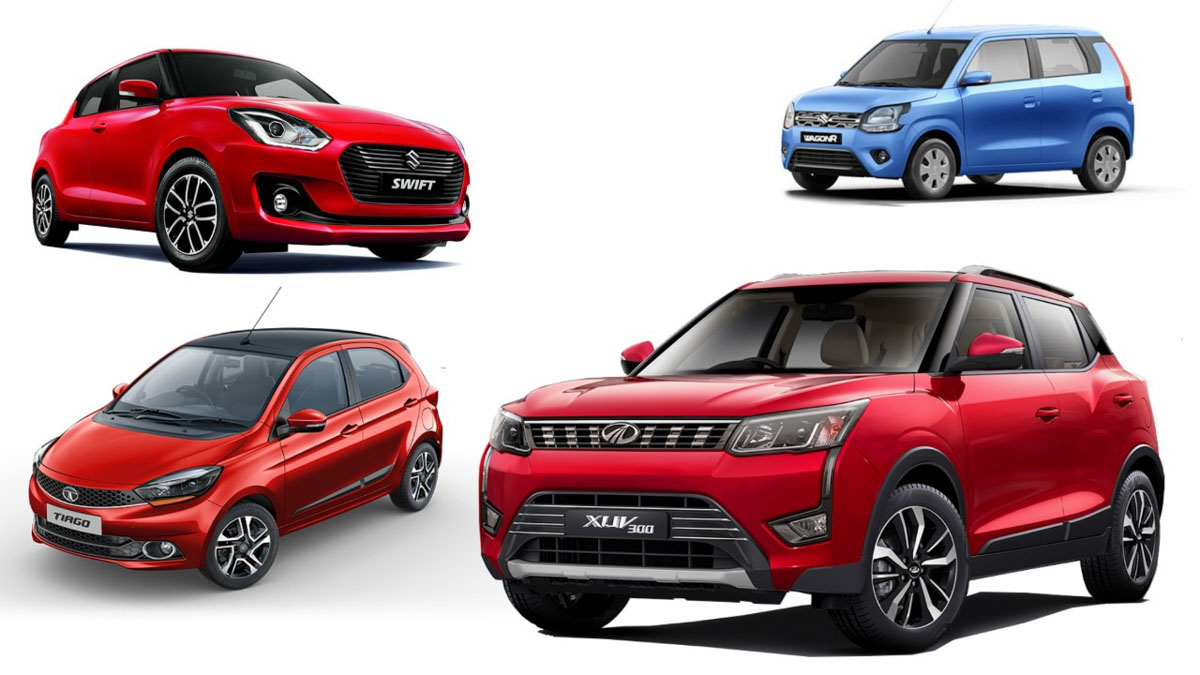
- Tata Motors Limited
One of the most significant auto enterprises in the world, both in India and elsewhere, is Tata Motors. In more than 175 nations, it facilitates trips. The portfolio includes a wide variety of cars, SUVs, exchanges, and motorcars. The company is thus the largest of India’s top 10 machine companies by development. The automaker has a strong worldwide network of 134 accessories, combined enterprises, and common gambles, including Jaguar Land Rover in the UK and Tata Daewoo in South Korea.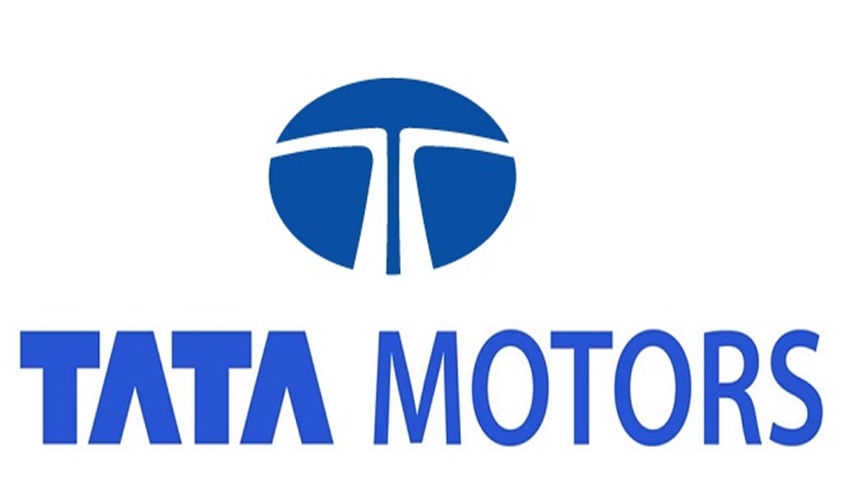
TML sells passenger vehicles, exchangers, and small, medium, and large motorcars and trainers with a Gross Vehicle Weight (GVW) of less than one tonne and up to 49 tonnes. With a request share of 45.1 and transactions of buses in FY 2018–19, TML is the leader in India’s CV request. In the medium and heavy commercial vehicle (MHCV), intermediate light commercial vehicle (ILCV), and small marketable vehicle (SCV) sectors, it has improved its market share. Tata Motors is the biggest carmaker in India.
- Maruti Suzuki India Ltd.
India is the market leader for passenger cars. The company was founded in 1981. The Japanese Suzuki Motor Corporation (SMC) and the Indian government agreed to collaborate under a contract that was signed in 1982. The company merged with SMC in 2002. By revenue, Maruti is the second-largest automobile manufacturer in India. In terms of sales and earnings, the company is presently SMC’s largest subsidiary. SMC currently owns 56.21 percent of the company’s stock. Maruti Suzuki is the largest automobile manufacturer in India, according to market share.

The company operates two cutting-edge plants in the Haryana cities of Gurugram and Manesar. These two plants can produce 1.58 million units annually when working together.
- Mahindra and Mahindra Ltd.
Mahindra & Mahindra Ltd. is the leading automaker in the Mahindra Group. It manufactures and sells agricultural and transportation products. It is a leading automobile manufacturer in India. Since 1947, when they assembled their first vehicle, the company has grown. By overall sales, it is the third-largest carmaker in India.

- Hero Motor Corporation Ltd.
Based on the number of units sold in a calendar year, Hero MotoCorp Ltd. produced more two-wheeled vehicles than any other firm in the world in 2001, and it has retained this coveted position for the past 18 years. It has over 90 million content customers globally and keeps pushing for social and economic empowerment through its goods and services. It was the first Indian two-wheeler manufacturer to establish a base of operations in the region. It began producing bikes in Colombia in 2016. The Hero Group belongs to the company.

When all of Hero MotoCorp’s plants are operating simultaneously, they can produce around 9 million two-wheelers annually. It ranks as India’s fourth-largest automaker. It is one of the top 10 auto manufacturers. Dr. Pawan Munjal, the chairman of Hero MotoCorp, has expanded to 37 nations in South and Central America, Africa, and Asia. Employees at Hero MotoCorp come from a variety of countries, including India, Bangladesh, Colombia, Germany, Austria, Japan, and France.
Hero MotoCorp is the market leader in India, the nation with the largest two-wheeled vehicle market in the world. It controls more than half of the domestic motorcycle market. The greatest seven factories in the world are located at Hero MotoCorp. One is in India, one is in Colombia, and one is in Bangladesh.
- Bajaj Auto Limited.
Bajaj Auto is the largest manufacturer of three-wheelers and the third-largest motorcycle manufacturer in the world. It sells its goods in more than 70 nations. It significantly affects a variety of businesses, including banking and automobiles (two-wheeler and three-wheeler manufacturers). Numerous nations in Latin America, Africa, the Middle East, South Asia, and Southeast Asia are familiar with the Bajaj brand. The fourth-largest two-and three-wheeler manufacturer worldwide is Bajaj Auto. In addition, the vehicle manufacturer is ranked fifth out of the top 10 car manufacturers in India.
A division of Bajaj Auto Ltd. with headquarters in the Netherlands is called Bajaj Auto International Holdings BV. Over the years, Bajaj Auto has invested a total of €198.1 million (H 1,219 crore) through this company in KTM AG of Austria (KTM), the world’s fastest-growing motorcycle brand. Bajaj Auto currently owns around 48% of KTM as a consequence.
- Ashok Leyland
The largest automaker in the Hinduja group is Ashok Leyland. It ranks as the second-largest manufacturer of commercial vehicles in India, the fourth-largest bus manufacturer worldwide, and the tenth-largest truck manufacturer internationally. The headquarters of the company are in Chennai, India. There are nine production facilities globally, including one in Ras Al Khaimah, United Arab Emirates, and seven in India (UAE). Ashok Leyland has a diverse portfolio in the automotive industry. In a recent report, Ashok Leyland is ranked as the 38th greatest brand in India in a recent report.

Ashok Leyland produces vehicles for defense and special applications, buses with 16 to 80 seats, trucks with gross vehicle weights ranging from 2.5 to 49 tons, and diesel engines for genset, industrial, and marine usage. In 2016, we saw the release of the first electric bus and Euro 6 truck in India by Ashok Leyland. Seven million trucks keep the economy moving, and more than a million passengers utilize Ashok Leyland buses every day to get where they need to go.
- TVS Motor Company Limited.
The third-largest two-wheeler manufacturer in India is TVS Motor Company. Last year, it had revenues of 15129 Cr INR (2017-18). This vehicle manufacturer typically produces 120,000 three-wheelers and 4 million two-wheelers annually. The TVS Group operates in a wide range of industries, including those related to transportation, textiles, education, electronics, energy, real estate, insurance, and investing. It has under its care more than 90 businesses.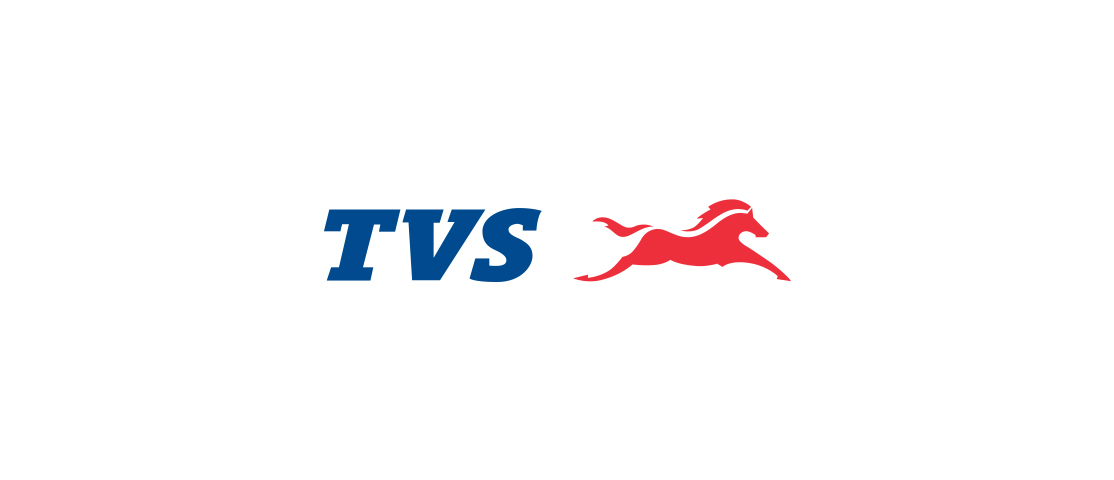
The company operates one factory in Indonesia and three plants in India (Hosur in Tamil Nadu, Mysore in Karnataka, and Karawang). The company is one of the top 10 automakers in India is the company.
- Eicher Motors Limited
Eicher Motors Limited (EML), the parent company of Royal Enfield, is a publicly listed firm. Royal Enfield is the market leader for middleweight bikes. Royal Enfield is the world’s oldest motorcycle brand that is still in production, having produced its distinctive bikes since 1901.
Modern development hubs for Royal Enfield are located in Chennai, India, and Leicestershire, the United Kingdom. It ships bikes all around the world from Tamil Nadu, India, where they are built. Volvo Eicher Commercial Vehicles Limited, a joint venture between Eicher and Sweden’s AB Volvo, produces commercial vehicles in addition to making motorcycles (VECV). This automaker is assisting India and other emerging nations in modernizing their markets for commercial vehicles.
From 5 to 55 tons, VECV offers a comprehensive array of trucks and buses. The global headquarters for the 5- and 8-liter medium-duty engines produced by Volvo Group is located in Pithampur, Madhya Pradesh. As a consequence, the company is ranked number eight out of the top ten car-making enterprises in India.
- Force Motors Limited.
Shri. N. K. Firodia founded Force Motors in 1958 to make commercial transportation available to the entire public. The goal of the business is to deliver goods that are affordable, reliable, and effective at what they do by utilizing the greatest technologies. The ninth-best car in India is now owned by the company. The company’s current product range includes agricultural tractors, small commercial vehicles (SCV), multi-utility vehicles (MUV), light commercial vehicles (LCV), and special utility vehicles (SUV).
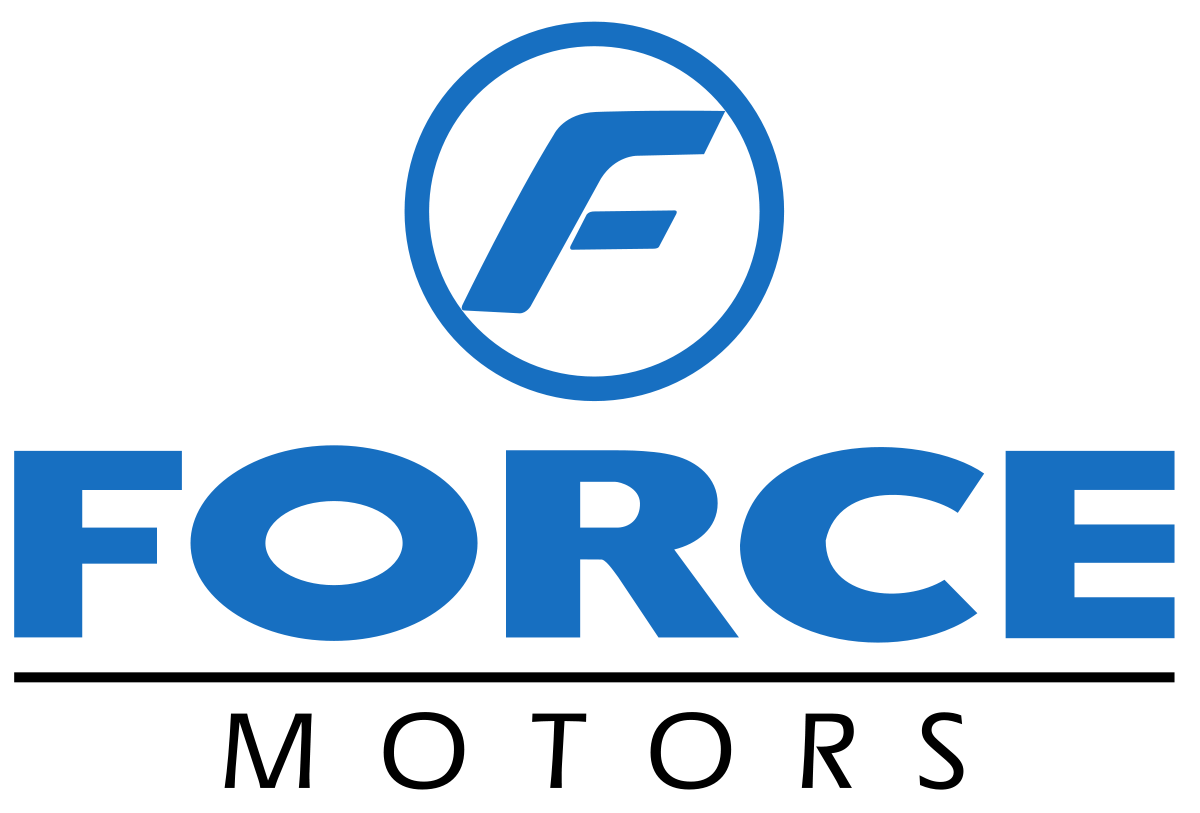
- SML ISUZU Ltd.
SML Isuzu Ltd. (SMLI) has been producing reliable commercial vehicles since 1985. For more than 33 years, it has produced light and medium commercial vehicles for the Indian market. SMIL is the first company to produce and market custom-built, cutting-edge buses, ambulances, and other vehicles. On the list of top automakers in India, it comes last. 15% of the company is jointly owned by Japan’s Isuzu Motors and Sumitomo Corporation. It is among the top 10 automobile companies in India.
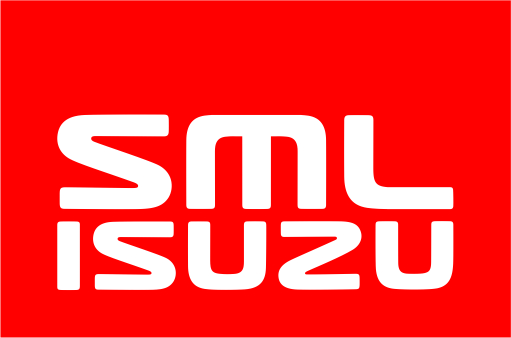
Conclusion
In India, Tata Motors is the largest automaker. Maruti Suzuki is India’s alternate-largest automaker in terms of profit. One of the most important vehicle manufacturers in India is Mahindra & Mahindra. It develops and markets husbandry and mobility goods. In India, the country with the largest two-wheeled vehicle demand in the world, Hero MotoCorp is the assiduity leader.
The third-largest motorcycle manufacturer in the world is Bajaj Auto, which also produces the most three-wheelers. Over 70 different countries can purchase its products. India is the home to seven of Ashok Leyland’s nine product installations. Since 1901, Royal Enfield has been making its recognizable motorcycles. TVS Motor Company, one of the top 10 car producers in the nation, is the third-largest two-wheeler manufacturer in India.
The global product mecca for the 5- and 8-liter medium-duty machines produced by Volvo Group is located at VECV’s integrated manufacturing installation in Pithampur, Madhya Pradesh. As a consequence, VECV is ranked eighth out of the top ten auto-producing enterprises in India.
For a long time, the United States has produced more vehicles than any other nation. China produced almost twice as many units in 2012 as the United States, which only produced 10.3 million. There were around 806 million vehicles and light trucks on the road in 2007.
Each year, they consume more than 980 billion liters (980,000,000 m3) of gasoline and diesel. Already, emerging markets purchase more automobiles than established markets. Emerging markets accounted for 51% of light car sales globally in 2010. All new automobiles sold in Europe must be zero-emission models by 2035. The Top 10 automobile companies in India by turnover are led by TML.
Edited by Prakriti Arora



